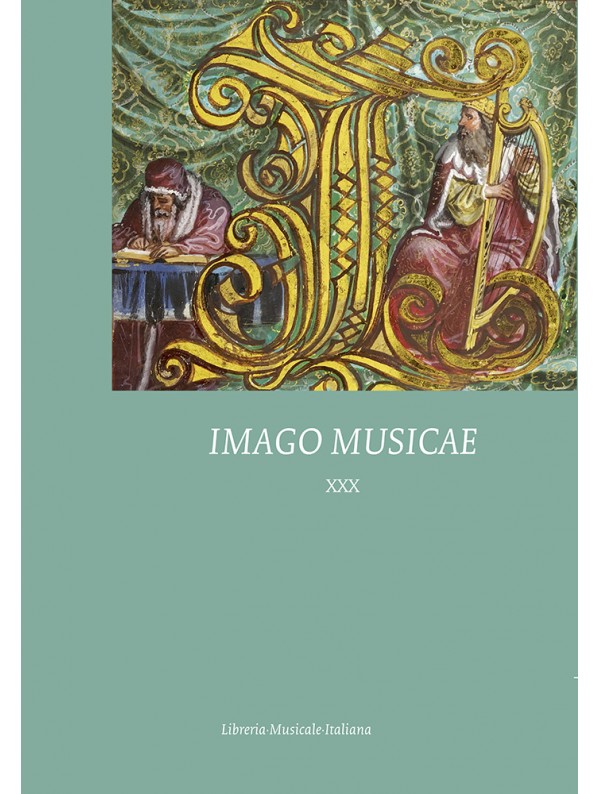Adriana’s Harp: Paintings, Poetic Imagery, and Musical Tributes for the Sirena di Posilippo
Abstract
Antiveduto Gramatica’s painting of Saint Cecilia with two angelic musicians (Musei Civici di Treviso, Complesso di Santa Caterina) provides the point of departure for an examination of iconographical, literary, and musical evidence relating to Adriana Basile, the virtuoso singer and harpist who was the jewel of the musical establishment of the Gonzaga family in the second and third decades of the seventeenth century. By the presence of a large, elaborately decorated harp of double registers the Treviso painting differs significantly from the other known versions of the same subject in Vienna and Lisbon, to which a fourth, documented only in the Fototeca of the Fondazione Zeri, Bologna, can now be added. Thanks to a close reading of the coats of arms and imprese displayed on the harp spine, and furthermore the discovery of Adriana’s seal on some of her letters in the Archivio Gonzaga, the Treviso painting evolves as a ‘portrait’ of her harp, acknowledging the Gonzaga patronage with specific reference to both the patron and the musician. The article discusses other aspects relating to the perception of Adriana in the numerous verses written in her honour, published for the most part in the anthology Il teatro delle glorie (Venice 1623, Naples 1628). Some refer to two lost portraits: one by the Neapolitan Aniello Falcone (copied by the engraver Nicola Perrey for the Naples edition of Il teatro delle glorie), and the other by Artemisia Gentileschi. Furthermore nine musical tributes for Adriana deriving from literary works have been identified.





